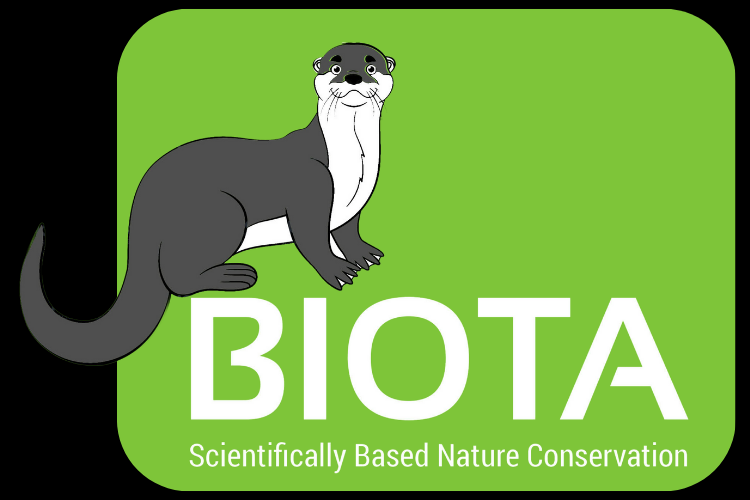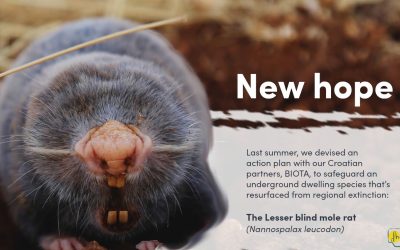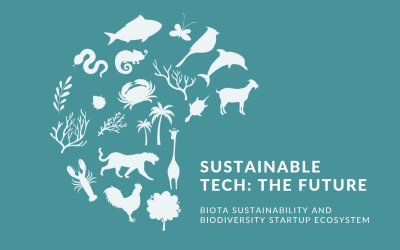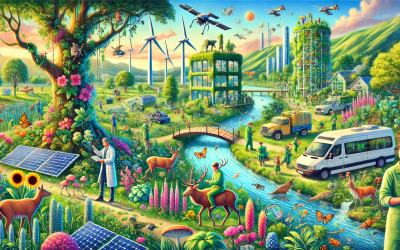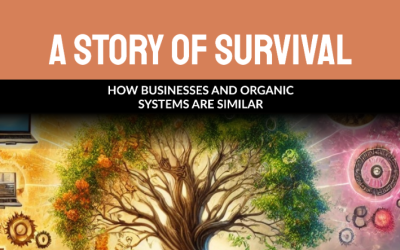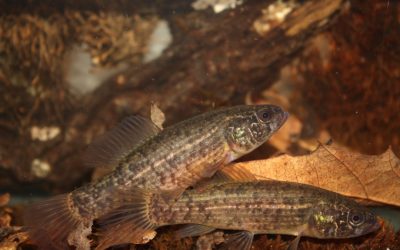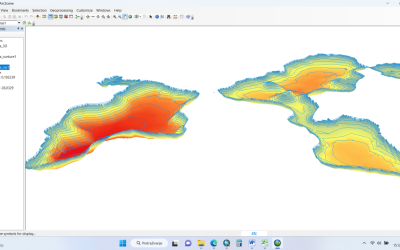The Last Refuge of the Lesser Blind Mole Rat Nestled in the serene landscapes of Vučedol, Croatia, an unsung hero of the animal kingdom, the Lesser Blind Mole Rat (Nannospalax montanosyrmiensis), is battling for survival. With fewer than 1,000 mature individuals left...
Blog
Why Sustainable Tech Is the Future: How BIOTA Sustainability and Biodiversity Startup Ecosystem Can Power the EU Green Deal
Imagine this: we live in a world where cities produce energy from their own waste, reduce energy usage by growing food where it is consumed, or use AI to read the biodiversity of a remote area. Sounds crazy? Not really. It’s the direction we’re heading with our BIOTA...
Biological terms you need to know!
Why This Matters Every topic we cover underscores a simple truth: our actions today shape the world of tomorrow. By understanding and engaging with these concepts, we can all contribute to a future where technological progress does not come at the expense of our...
How Businesses Are Similar to Organic Systems: A Story of Survival
Lately, I’ve been thinking about how disruptive AI is to today’s economy. It’s hard to ignore the impact these tools are having, not just on the tech world but across industries. And while it feels unprecedented, this kind of disruption has happened before—when...
Methodology for Estimating the Population Size of the Endangered Fish: Application of Electrofishing and the “Removal” Method
From lush forests to vibrant coral reefs, every species plays a crucial role in maintaining ecological balance. However, one of the more challenging ecosystems to monitor is the aquatic environment, primarily due to the difficulty we have in observing it—a medium...
Exploring the Depths: Revolutionizing Freshwater Habitat Mapping
Freshwater ecosystems are crucial hotspots of biodiversity, yet their underwater landscapes often remain hidden from our view, presenting significant challenges for researchers and conservationists. In Croatia's stunning Dalmatia, the intricate and deep karstic lakes...
